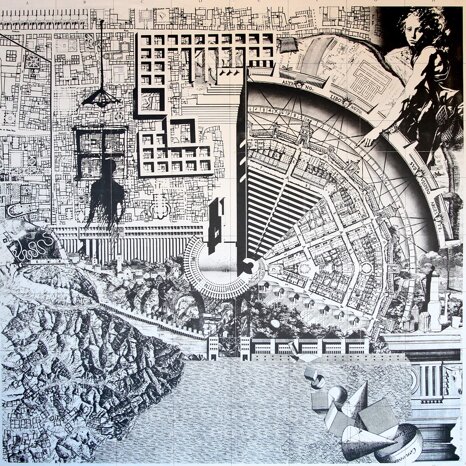postmaster@museumofanthropocenetechnology.org, via Leggiuno 32
2014 Laveno Mombello
Italia

The Anthropocene can also be seen as an epoch of cultural change. That is: a change in the story we tell ourselves, in the narrative by which we explain our relationships with others and the rest of nature. This much broader idea of the Anthropocene has been promoted by, amongst others, the beautiful writings of Bruno Latour, from what was then called France, around the turn of the second millennium: despite the teachings of Modernity, Man and Nature remain fundamentally entangled and “we have never been Modern”. Latour would admit that these ideas were explicitly present before his writings, in particular in the thinking of artists, architects, scientists and other creatives.
One example is the architect Aldo Rossi, from what was then called Italy, who expressed his thinking in a work back in 1976. It expresses the reality of architecture - a human activity by excellence that combines rationality and emotion - and how it is related to the territory (the ”locus”) and its history. It is a manifesto against Modernist architecture that claims that Form only needs to follow Function.
Rossi's dazzling collage cuts across temporal and spatial scales: from the very local to the cosmic, from roman times till the near future.
It is in some respect the opposite of the Flammarion engraving (Cat. Nr. 29) in which a man looks outside, beyond the stars, into the heavens. In Rossi’s work a sort of angel points us back to the complex world in which we live. However, unexpectedly, in the centre of the collage there is again the starry sky with people wandering below it.
Cat. Nr. 22
LOOKING INSIDE
Copy of Aldo Rossi et al. 1976 collage "The Analogous City"
60 x 60 cm: paper, ink, wood
from The Analogous City, the Map, by Dario Rodighiero, EPFL (CH)